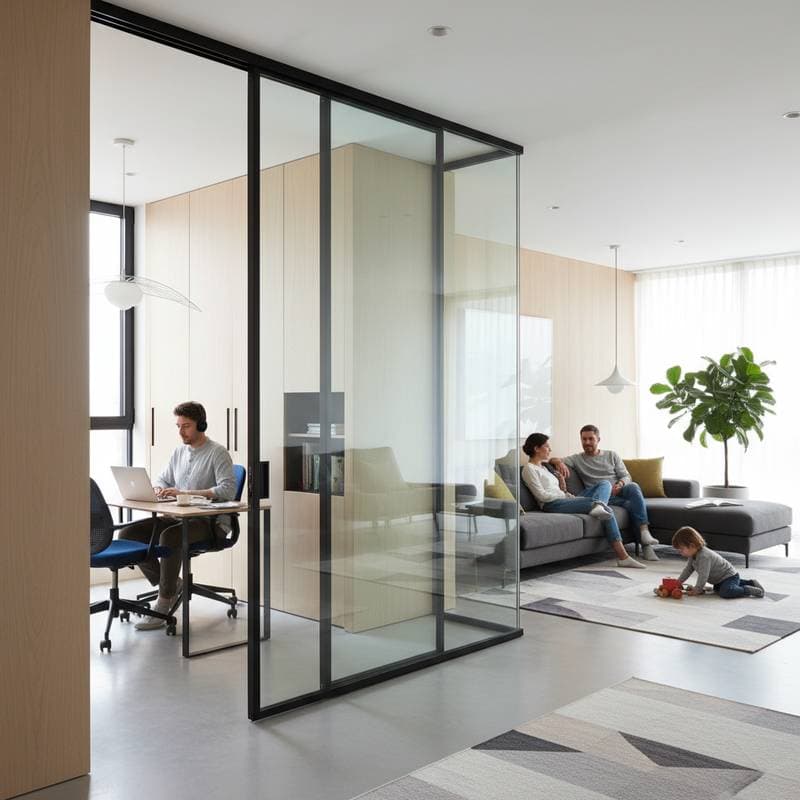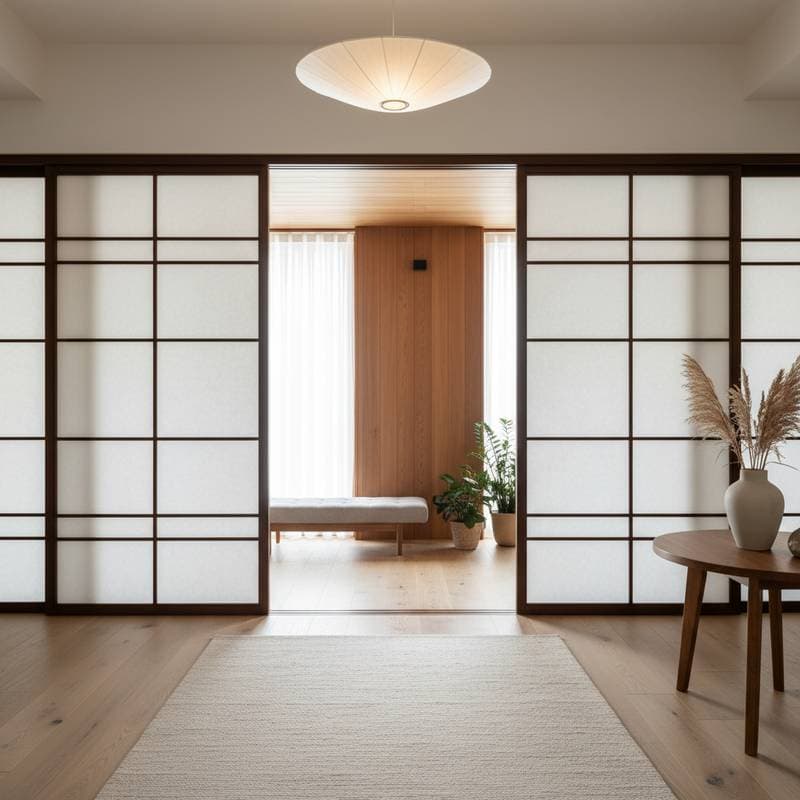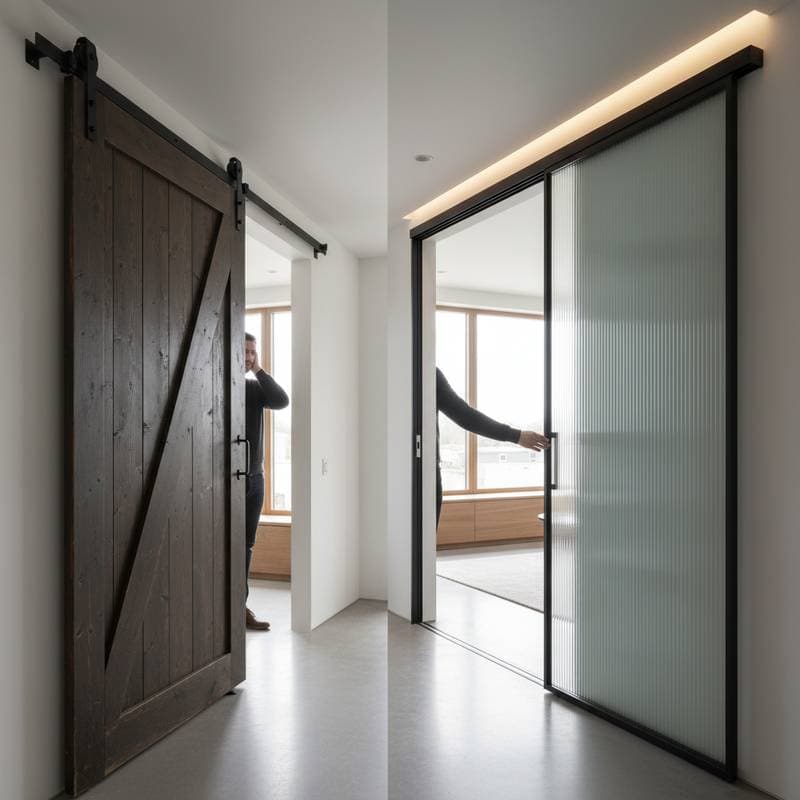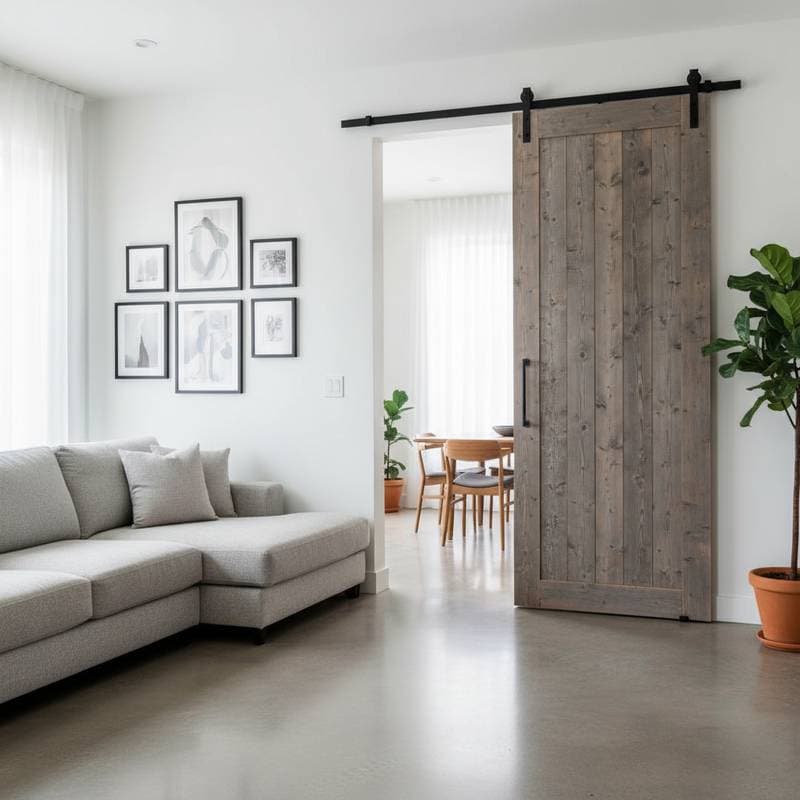Soundproof Sliding Doors: Up to 85 Percent Noise Reduction for 2025 Homes
Homeowners increasingly prioritize quiet environments that support comfort and concentration. Busy urban settings and open-concept layouts amplify sound transmission between rooms, heightening the need for reliable noise barriers. Soundproof sliding doors address this challenge effectively, integrating superior acoustic properties with streamlined, modern aesthetics. These doors provide privacy, improve energy efficiency, and enhance visual flow, making them suitable for both residential interiors and modest commercial applications.
Benefits Driving the Soundproof Sliding Door Trend
These doors excel by minimizing noise without compromising on design flexibility. Unlike traditional hinged doors that occupy floor space and disrupt traffic flow, sliding models operate along precise tracks, preserving open layouts and promoting a minimalist profile. Equipped with specialized features such as acoustic-rated glass, foam-insulated frames, and compression seals along all edges, they block up to 85 percent of sound transmission. This creates serene zones ideal for focused work, private conversations, or restful retreats.
The versatility extends to diverse interior styles, including urban industrial, serene coastal, or warm transitional schemes. Options like matte black aluminum frames, authentic wood veneers, and textured glass panels add depth and character. Each element balances functionality with elegance, appealing to those who invest in durable, multifaceted home improvements.
Three Tiered Installation Strategies
Budget-Friendly Option ($900 to $1,800)
- Select a hollow-core door reinforced with medium-density fiberboard (MDF) panels and fitted with rubber acoustic seals on the top and bottom edges.
- Install standard aluminum tracks paired with soft-close dampers to minimize operational vibrations.
- Apply high-quality adhesive weatherstripping to the frame perimeter, targeting gaps smaller than one-eighth inch for optimal closure.
Mid-Tier Option ($1,800 to $3,500)
- Choose a solid-core door made from composite materials, incorporating acoustic-rated glass panels rated for at least 35 decibels of sound reduction.
- Use dual-track systems with adjustable rollers for tighter seals and effortless gliding.
- Incorporate durable hardware in brushed nickel or powder-coated black finishes, designed to withstand 10,000 cycles of use without wear.
Premium Option ($3,500 to $7,000)
- Deploy a complete acoustic sliding system featuring double-laminated glass and thermally broken aluminum frames for enhanced insulation.
- Opt for pocket or concealed floor tracks to eliminate visible hardware and maximize soundproofing integrity.
- Customize with high-end veneers like white oak, low-iron smoked glass, or factory-matched paints to integrate seamlessly with existing decor.
Essential Materials and Finishes
Window Coordination: Align adjacent windows with double-glazed units certified for sound transmission class (STC) ratings of 35 or higher. Select frames in aluminum or fiberglass, available in neutral tones such as matte black, cool slate gray, or warm soft white to maintain visual unity.
Door Components: Prioritize laminated glass panels bonded to solid composite cores for peak acoustic isolation. Frosted or patterned glass options ensure privacy while permitting natural light diffusion. Pair with hardware in matte black or satin brass to suit contemporary or blended interior motifs.
Exterior Siding Integration: For doors adjacent to outdoor areas, combine with insulated vinyl or fiber cement siding. These materials dampen external sounds and maintain structural stability in varying weather conditions.
Trim and Detailing: Frame the installation with matching moldings in complementary shades. Opt for clean, square-edged casings in painted finishes for a sharp modern edge, or broader stained wood profiles to introduce texture and warmth.
Practical Maintenance Guidelines
Regular upkeep ensures long-term acoustic efficacy for soundproof sliding doors. Clean tracks monthly using a soft brush and mild soap solution to remove dust and prevent friction-induced noise. For glass surfaces, apply a vinegar-based cleaner with microfiber cloths to avoid streaks and residue buildup.
Inspect seals biannually, replacing any cracked rubber or brush components to sustain airtight performance. Wood-veneered doors benefit from annual applications of protective oil to guard against moisture fluctuations. Aluminum and composite elements demand minimal intervention, typically just wiping with a damp cloth.
Automated features, such as soft-close mechanisms, require roller lubrication every six months with silicone-based products. Steer clear of abrasive cleaners or solvents that might erode seals or dull finishes, thereby preserving both appearance and sound-blocking capabilities.
Common Pitfalls to Sidestep
- Mismatching Weight and Hardware: Overloading lightweight tracks with heavy panels leads to sagging and sound leaks. Consult manufacturer specifications to pair doors exceeding 100 pounds with reinforced tracks rated for at least 150 pounds.
- Selecting Subpar Glass: Standard single-pane glass undermines overall isolation. Insist on laminated or insulated variants with documented STC ratings above 40 to achieve the promised 85 percent reduction.
- Neglecting Edge Sealing: Incomplete coverage allows flanking paths for noise. Install full-perimeter gaskets, including magnetic or adhesive types, to compress against the frame on all sides.
- Excessive Customization: Added ornamental elements can create resonance points. Focus on streamlined designs with proven materials to optimize both acoustics and reliability.
Harmonizing Colors and Styles
Integrate the door into your space through thoughtful palettes. The following pairings foster cohesion:
- Monochromatic Modern: Pair a black aluminum frame with transparent glass and white moldings for bold, uncluttered minimalism.
- Earthy Neutrals: Combine light oak veneers, taupe walls, and nickel accents to evoke refined natural elegance.
- Serene Coastal: Use white frames, opaque frosted glass, and pale blue siding for a light, tranquil ambiance.
- Urban Industrial: Feature dark charcoal frames, tinted smoked glass, and wood beam details for robust city appeal.
- Timeless Traditional: Match deep walnut finishes with bright white exteriors and brass fixtures for enduring sophistication.
Pre-Installation Planning Essentials
Prepare thoroughly to select the ideal soundproof sliding door:
- Capture detailed photographs of interiors and exteriors from various perspectives to evaluate spatial and finish interactions.
- Assess your home's architectural character, such as mid-century modern or colonial revival, to inform frame profiles and hardware selections.
- Review local regulations or homeowners association rules regarding exterior visibility and color schemes.
- Evaluate regional climate factors, including humidity levels and UV exposure, to choose fade-resistant materials.
- Establish budget allocations, deciding whether to emphasize glass quality, mechanical components, or stylistic enhancements.
Integrating Soundproof Sliding Doors for Enhanced Living
Soundproof sliding doors unite practical noise control with aesthetic refinement, elevating everyday home experiences. They facilitate private areas without severing visual connections, whether dividing workspaces from communal zones or framing patio access. Thoughtful selection of materials, diligent maintenance, and strategic budgeting yield environments that promote tranquility and connectivity. Homeowners gain lasting serenity, where acoustic excellence supports a more balanced, productive lifestyle.






